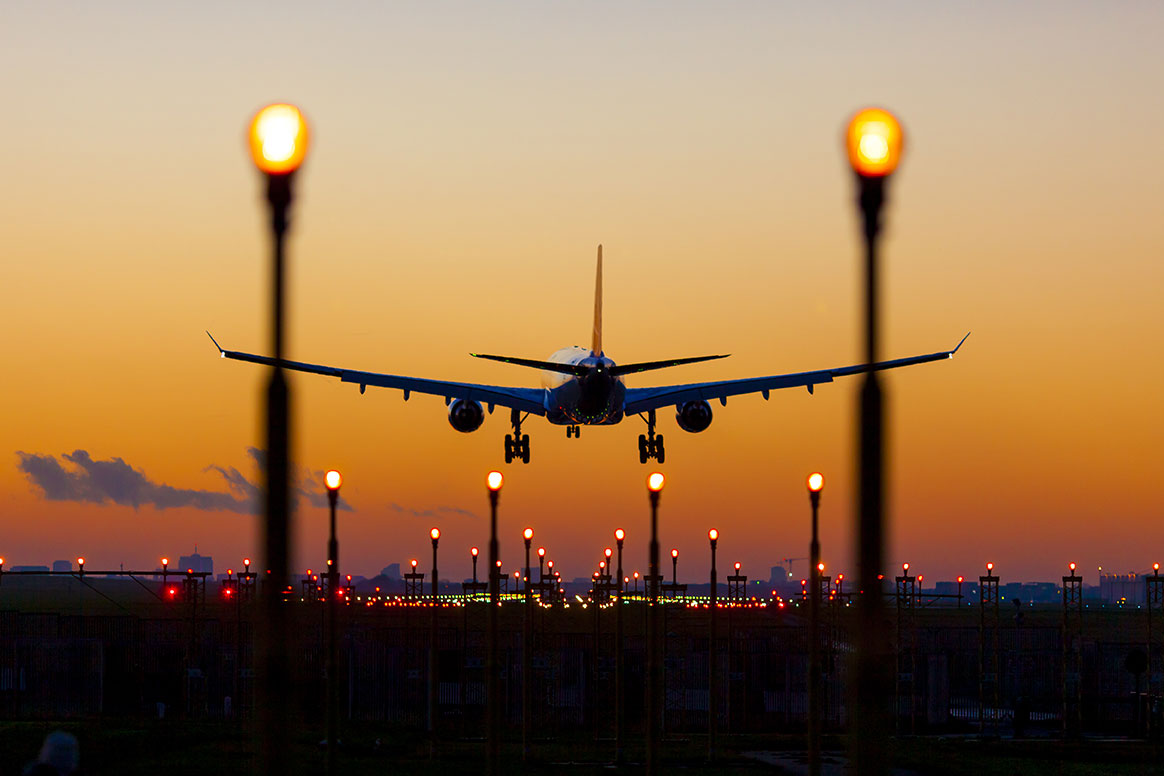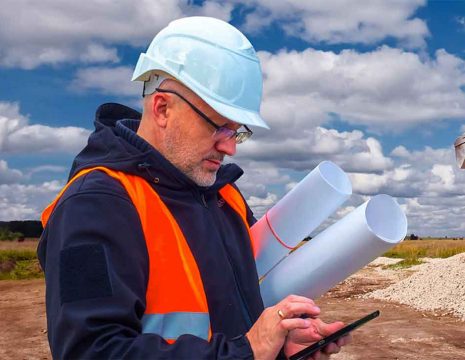Critical communications are essential in the aviation industry because they play a vital role in ensuring the safety of passengers, crew, and the aircraft. Efficient communication between air traffic control, ground staff, pilots, and cabin crew is necessary to manage the complex and dynamic nature of aviation operations. Any miscommunication or delay in communication can lead to serious consequences, such as accidents, delays, and flight cancellations.
Push to talk (PTT) technology is a key solution in the aviation industry because it provides instantaneous communication and enables clear and concise communication between team members. PTT systems allow users to quickly initiate communication with the push of a button, without the need for dialling, ringing, or waiting for the other party to answer.
PTT systems are also reliable and secure, which is critical in the aviation industry. PTT devices use a dedicated network that is not accessible to the public, ensuring that communication is not interrupted by interference from other radio devices. Additionally, PTT systems often have a “priority” feature, which enables critical messages to take precedence over less urgent communications.
Overall, push to talk technology plays a critical role in the aviation industry by facilitating efficient and reliable communication, ensuring the safety of passengers and crew, and minimizing disruptions to flight operations.
Push to talk (PTT) technology can also benefit land side operations at an airport in several ways:
- Improved coordination: Airports are complex environments with multiple stakeholders, including airlines, ground handling companies, and various service providers. PTT technology can help coordinate activities between these groups more efficiently by providing instant communication and a dedicated channel for all parties to connect.
- Real-time information sharing: PTT devices can be used to share real-time information, such as gate changes, flight delays, or operational issues. This ensures that everyone is on the same page and can respond quickly to changes or emergencies.
- Increased safety: PTT technology can also enhance safety on the ground by enabling staff to quickly communicate potential hazards, such as debris on the runway, fuel spills, or emergency situations.
- Faster response times: PTT devices allow airport staff to respond faster to issues that arise, whether it be responding to a passenger’s request for assistance, coordinating baggage handling, or addressing maintenance issues on the tarmac.
Overall, push to talk technology can help improve communication and coordination among airport staff, enhance safety, and increase efficiency in land side operations, leading to a better passenger experience and smoother airport operations.
If you would like to learn more about our industry leading platform and take advantage of our expertise, it would be great to speak so please drop us an email at hello@storm.co.uk for more information of visit our website: www.storm.co.uk



